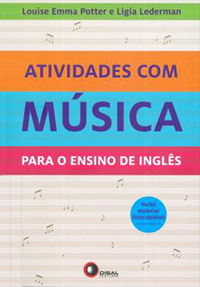Some teachers believe that the Driving Question is one of the hardest parts of the project. As it is this question that will guide the whole inquiry and research, it does play a crucial role. Understanding the concept of open ended questions and their objective is one way to go about it. When writing a Driving Question, you must take into consideration that there cannot be a single answer for the question. Other questions must expand from the Driving Question so the question must be broad enough so the students can come up with other questions.
“A Driving Question that creates a sense of wonderment will allow students to ask and answer the sub-questions” (Krajcik, J.S., Czerniak, C., & Berger, C. 2002). The question is based on ideas and concepts and never on facts. Facts can be answered on google. Ideas and concepts need to be researched.
There are many different kinds of Driving Questions we can come up with. Ones that solve problems (How can we help clean the main river in my community); conceptual questions (How does the bee population affect our lives?) Abstract questions (Is Violence justified at any time) and many others
As Reiser points out : “The driving question creates interest in some aspect of the phenomenon, and as a result, students care about understanding the phenomenon or resolving the problem” (Reiser, 2004).
“First of all, you must understand that the driving question is as important for the teacher as it is for the students.
For the teacher, it is important because it helps to make sure that the students are on track. It is the starting point of an inquiry. Students will have to answer this question based on their research. The main point of the DQ is to make sure students are focused. It communicates the main objective of the project.
For the students, it is the main focus. It has to be meaningful and offer some challenge. It is sort of the guideline for the project. Students can refer back to the DQ to make sure they are on the right track. Will they be able to answer the question by the end of the project?”
(Tavares and Potter, 2018. P.29)
Bibliografia:
Krajcik, J.S., Czerniak, C., & Berger, C. (2002). Teaching Science In Elementary And Middle School Classrooms: A Project-Based Approach, Second Edition. McGraw-Hill: Boston, MA.
Reiser, B. J. (2004). Scaffolding complex learning: The mechanisms of structuring and problematizing student work. Journal of the Learning Sciences, 13 (3 ), 273–304.
LIVRO RECOMENDADO
